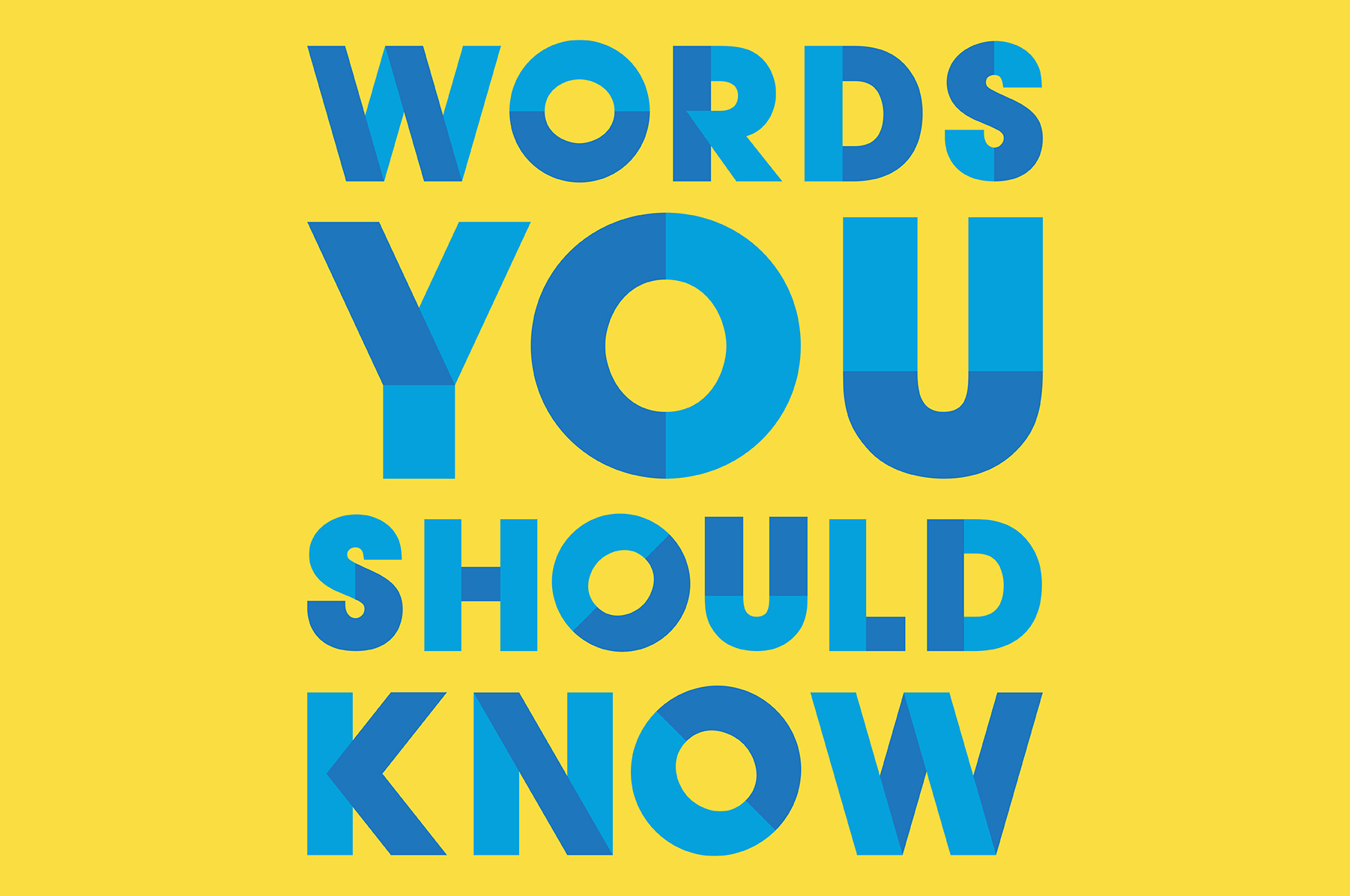
by:
At Primary Residential Mortgage, Inc., we know home financing can be confusing. We want you to feel confident and comfortable about the home loan process, so we’ve listed some common mortgage terms and definitions to help you better understand the process.
Adjustable-Rate Mortgage (ARM)
A mortgage with an interest rate that can change throughout the loan term.
ARMs often start with a lower interest rate that remains the same for a period of years. After that initial period is up, the interest rate can change multiple times throughout the life of the loan. Rates are usually adjusted every 6 months, but can be changed monthly. Sometimes your rate goes up, while other times it may go down.
Annual Percentage Rate (APR)
APR represents the cost of a loan over a year. It includes the interest rate as well as other costs and fees that come with your loan.
The APR for your loan includes the interest you will pay, but it also accounts for other costs and fees associated with getting your loan. For example, the APR will usually include origination fees.
Debt-to-income Ratio
The percentage of your gross monthly income that goes toward monthly debt payments and obligations.
Your debt-to-income ratio compares your gross monthly income to your monthly debt payments. It factors in things like rent or mortgage payments, auto loans, credit card payments and alimony/child support payments. It does not usually include utilities, phone bills, monthly subscriptions, etc.
Having a manageable debt-to-income ratio can improve your chances of getting home financing with a good rate. The lower your debt-to-income ratio, the better.
Escrow
When a third-party holds an asset until a transaction is complete.
During the mortgage process, escrow usually applies to earnest money. When you write an earnest money check, it is placed in escrow, which means it can’t be accessed by you or the seller until the mortgage closes.
Home Equity
The current value of the home minus what is owed on the mortgage
After you’ve paid your mortgage for a while, you may build up home equity depending on how property values change. Home equity is an asset that can be useful if you’re interested in refinancing your home loan.
Pre-qualification
A rough estimate for the amount you may qualify to borrow.
Getting pre-qualified for a loan is faster and less official than getting preapproved. It gives you a ballpark estimate for the amount a lender thinks you can afford to borrow.
Title Insurance
Protects against title issues like back taxes, liens and conflicting wills.
There are two common types of title insurance, one for lenders and one for owners. In both cases, title insurance protects against potential problems with the title such as liens, wills, taxes or other public record mistakes. It is usually purchased with a one-time payment.
Amortization
The process of paying off an obligation over time through a series of fixed payments.
Amortization is simply the process of paying your loan each month. It is calculated to pay interest and loan principal in one fixed payment each month. While your payment stays the same from one month to the next, the amount of interest and principal in each payment can change. For example, in many cases your monthly payment includes more interest toward the beginning of your loan term.
Closing Costs
The costs associated with completing a real estate transaction. They are usually split between the buyer and seller.
Closing costs vary depending on the loan. Examples of common homebuyer closing costs include an appraisal fee, home inspection fee, loan origination fee, underwriting fee, title insurance, prepaid mortgage insurance and taxes.
Earnest Money
A deposit put down by a homebuyer to show the seller they’re serious. Once the loan closes, the earnest money goes toward the purchase of the home.
Buyers often put down earnest money as a sign of good faith to show a seller they’re committed to the purchase. Earnest money is put into an account and held until it is time to close the loan. Then earnest money goes toward the home purchase.
Fixed-Rate Mortgage
A mortgage where the interest remains the same throughout the entire duration of the loan.
If you choose a fixed rate mortgage, your interest rate remains the same for your entire loan period even if market rates change.
Preapproval
Official approval for the amount you can borrow.
If you’re pre-approved for a loan, the lender has officially agreed upon the amount you can borrow. This involves checking your credit report, reviewing financial details and documents and going through the underwriting process.
Private Mortgage Insurance (PMI)
Mortgage insurance protects your lender’s investment if you default on your loan. It is normally required if your down payment is less than 20%.
Private mortgage insurance protects your lender. It is usually mandatory if you make a down payment that is lower than 20%. In most cases, it’s paid in monthly installments and you continue paying until you’ve built up at least 20% of equity in your home.
If you’d like to learn more about home financing or apply for a home loan, contact your local PRMI Loan Officer!